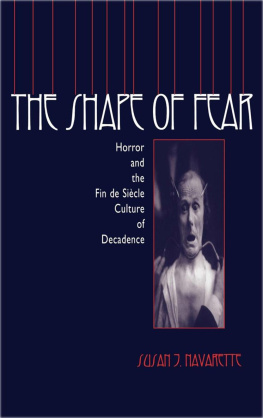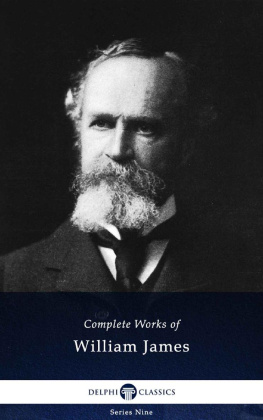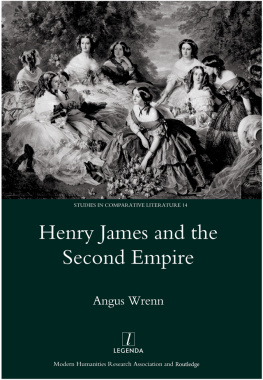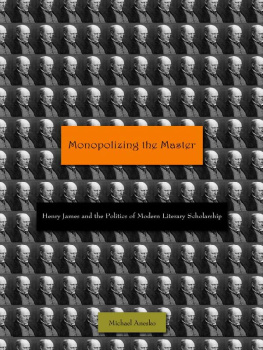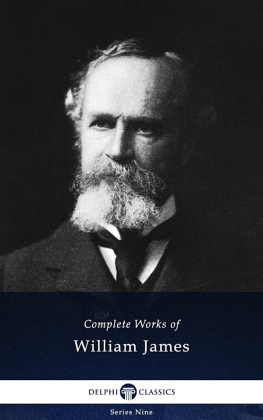Before Einstein
ANTHEM NINETEENTH-CENTURY SERIES
The Anthem Nineteenth-Century Series incorporates a broad range of titles within the fields of literature and culture, comprising an excellent collection of interdisciplinary academic texts. The series aims to promote the most challenging and original work being undertaken in the field, and encourages an approach that fosters connections between areas including history, science, religion and literary theory. Our titles have earned an excellent reputation for the originality and rigour of their scholarship, and our commitment to high-quality production.
Series Editor
Robert Douglas-Fairhurst University of Oxford, UK
Editorial Board
Dinah Birch University of Liverpool, UK
Kirstie Blair University of Stirling, UK
Archie Burnett Boston University, USA
Christopher Decker University of Nevada, USA
Heather Glen University of Cambridge, UK
Linda K. Hughes Texas Christian University, USA
Simon J. James Durham University, UK
Angela Leighton University of Cambridge, UK
Jo McDonagh Kings College London, UK
Michael ONeill Durham University, UK
Seamus Perry University of Oxford, UK
Clare Pettitt Kings College London, UK
Adrian Poole University of Cambridge, UK
Jan-Melissa Schramm University of Cambridge, UK
Before Einstein
The Fourth Dimension in Fin-de-Sicle Literature and Culture
Elizabeth L. Throesch

Anthem Press
An imprint of Wimbledon Publishing Company
www.anthempress.com
This edition first published in UK and USA 2017
by ANTHEM PRESS
7576 Blackfriars Road, London SE1 8HA, UK
or PO Box 9779, London SW19 7ZG, UK
and
244 Madison Ave #116, New York, NY 10016, USA
Copyright Elizabeth L. Throesch 2017
The moral right of the author has been asserted.
All rights reserved. Without limiting the rights under copyright reserved above, no part of this publication may be reproduced, stored or introduced into a retrieval system, or transmitted, in any form or by any means (electronic, mechanical, photocopying, recording or otherwise), without the prior written permission of both the copyright owner and the above publisher of this book.
British Library Cataloguing-in-Publication Data
A catalogue record for this book is available from the British Library.
Library of Congress Cataloging-in-Publication Data
A catalog record for this book has been requested.
ISBN-13: 978-1-78308-623-8 (Hbk)
ISBN-10: 1-78308-623-8 (Hbk)
This title is also available as an e-book.
CONTENTS
My work on this book would not have been possible without support from many quarters. I first began researching and writing on the topic of the fourth dimension when I was a doctoral candidate at the University of Leeds, and I am thankful to the Overseas Research Students Awards Scheme and the School of English for their assistance in funding my postgraduate work. The archival research undertaken for the book was partly funded by the Brotherton Library Scholarship Fund. Additional support in the form of teaching relief was provided by York St John University.
While I was at the University of Leeds, I benefited from thoughtful and constructive criticism from a number of scholars. I am thankful for the support of the community of scholars at Leeds, particularly Richard Salmon and Bridget Bennett, as well as then members of the postgraduate community who read and commented on my work at various stages: Catherine Bates, Basil Chiasson, Tara Deshpande, Alberto Fernndez Carbajal, Daniel Hannah, Caroline Herbert, Kaley Kramer, Jeffrey Orr, Gillian Roberts, Jennifer Sarha and Abigail Ward. In the early days of my doctoral research, Robin Le Poidevin generously agreed to discuss the philosophy of space and time with me, and my external examiner, Ian F. A. Bell, offered friendly advice and support during the examination process and beyond. While I was on research and conference trips, Linda Dalrymple Henderson met with me to share scholarship on Hinton and discuss the fourth dimension. Daniela Bertol kindly granted permission for her art to appear on the cover of this book. I am immensely grateful to Nasser Hussain and Bonnie Latimer, who heroically read, and provided detailed critiques of, the first full draft of this book. Any errors or misreadings are, of course, entirely my own.
Finally, while this work would not have been possible without the moral support of those mentioned above as well as countless others in Leeds, York, Portsmouth, Arkansas, Austin, Pittsburgh and beyond, I am most grateful to Carrie Kifer, whose humour, love and patience make everything possible.
This book provides an answer to these questions by exploring the discourse of hyperspace philosophy and its position within the network of new ideas at the end of the nineteenth century, before the rise of Einsteins popularity in the 1920s. Hyperspace philosophy grew out of the concept of a fourth spatial dimension, an idea that became increasingly debated amongst mathematicians, physicists and philosophers during the 1870s and 1880s in Britain and on the continent, as well as in the United States. English mathematician and hyperspace philosopher Charles Howard Hinton was the chief popularizer of the fourth dimension in Europe and North America and, from 1880 until his death in 1907, he published a number of literary, philosophical and mathematical texts on the subject. The influence of these texts, many of which were published as a series under the title of Scientific Romances, ranged surprisingly wide. The present study offers an extended examination of Hintons work and crucially the influence of his ideas on contemporary writers and thinkers.
Increasingly over the past three decades, critical attention has been given to the relevance of pre-Einsteinian theories of the fourth dimension within the shifting aesthetic and cultural values at the turn of the twentieth century; however, the literary value of Hendersons work, firmly rooted in art historical practice, offers tantalizing glimpses but falls short of the literary perspective I offer here.
Before Einstein addresses, for the first time in a full-length study, the cultural life of the fourth dimension at the turn of the century. I begin by tracing the development of spatial theories of the fourth dimension out of the new, non-Euclidean geometries of the mid-nineteenth century and proceed to analyze Hintons role as four-dimensional theorist and popularizer of hyperspace philosophy. I examine his Scientific Romances in detail, not simply as documents of interest for historians of science and ideas, but for their intrinsic literary value as well.
Charles Howard Hinton (18531907)
When introducing his translation of three of Hintons romances as part of his Biblioteca de Babel series, Jorge Luis Borges began,
If I am not mistaken Edith Sitwell is the author of a book entitled The English Eccentrics. No one has more right to appear in its hypothetical pages than Charles Howard Hinton. Others seek and achieve notoriety; Hinton has achieved almost total obscurity.
were reviewed favourably by Nature, Mind and other periodicals.
However, after his fathers death in 1875, rumours of the elder Hintons sexual improprieties continued to spread; a proponent of free-love, James Hinton
The scandal of the younger Hintons bigamy conviction guaranteed the association of his unorthodox geometrical theories with his fathers theory of sexual altruism: What a deadly theory that Hinton theory is, like a upas tree blighting all it comes in contact with, Olive Schreiner
Next page

